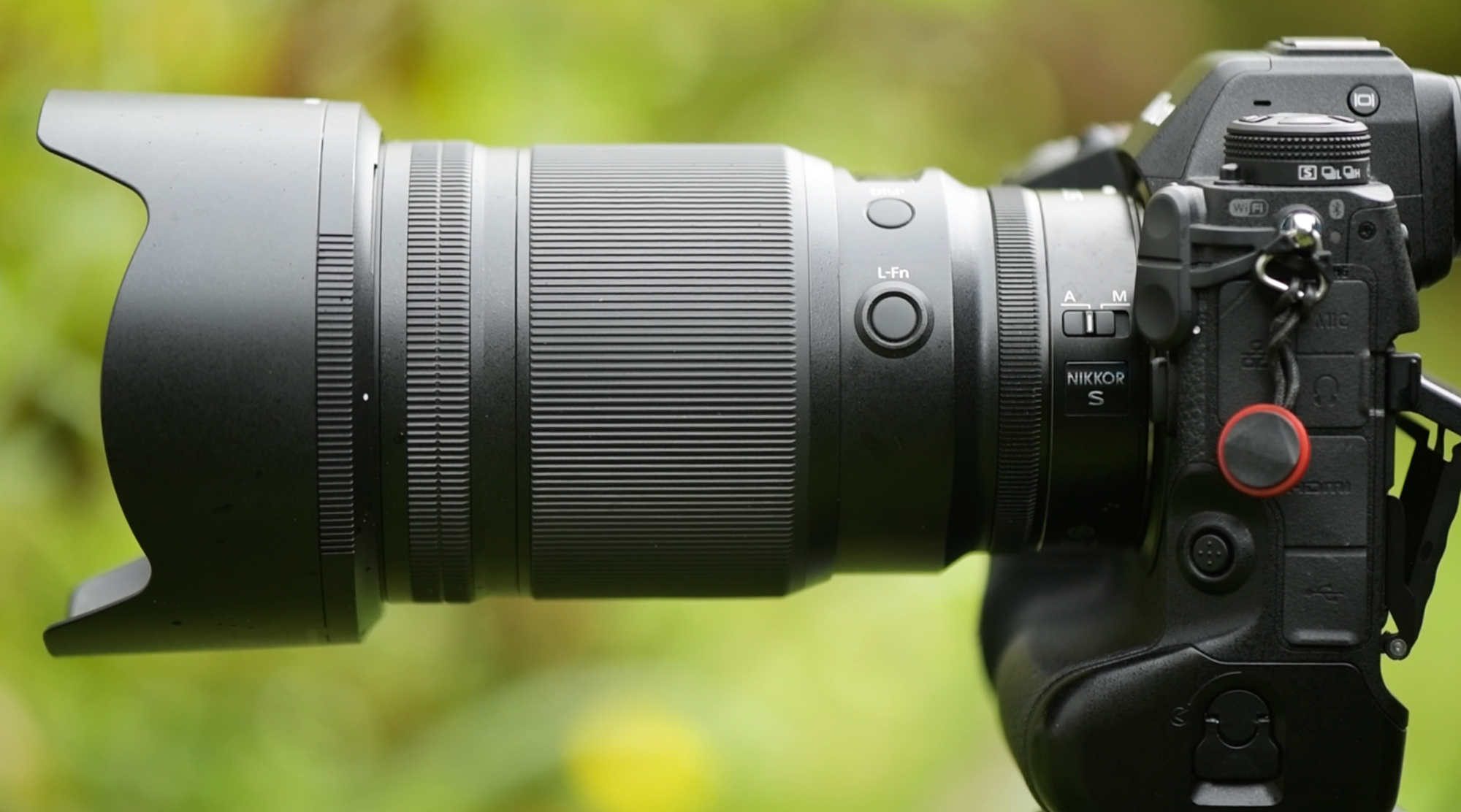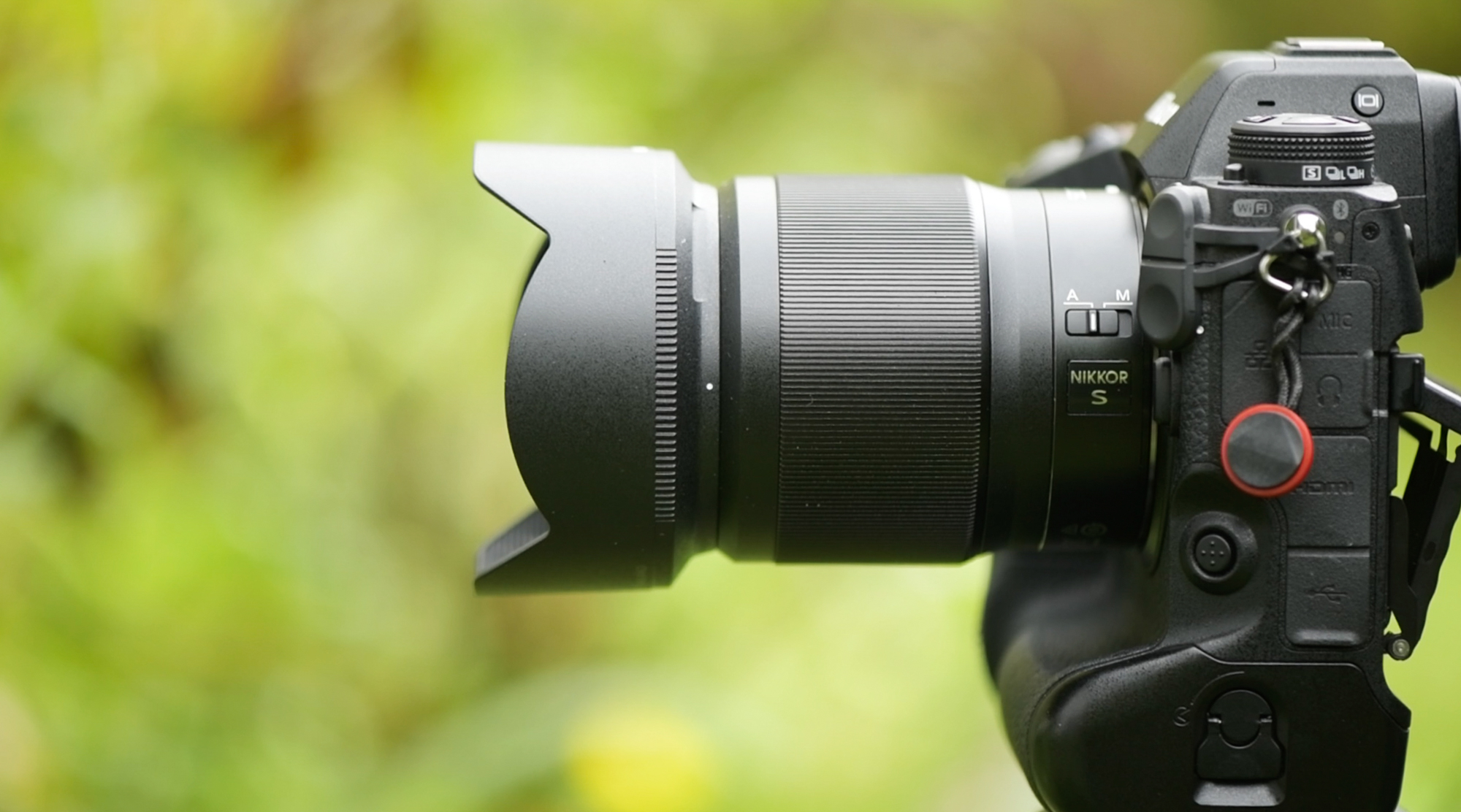Will a 50mm f/1.8 prime lens do? Or do I pay through the nose to get an f/1.2?
I’m all for buying the best camera lenses, but the creamiest of creamy bokeh comes with a price tag that’s hard to justify


I cannot think of another type of photo gear where the gap between the top spec and budget option is more out-of-step with performance than prime lenses. Take the mainstay of any self-respecting camera bag, the 50mm prime. You can pick up a 50mm with an aperture of f/1.8 in most mounts for a couple of hundred pounds or so. But if you want the f/1.2 version then you can easily end up paying a couple of thousand. That’s a massive difference.
Of course there’s also an f/1.4 option in most mounts, but let’s focus on budget vs premium. A quick check of the Nikon, Canon and Sony price lists gives the following…
Nikon Z 50mm f/1.8 S $549 / £479 / AU$869
Nikon Z 50mm f/1.2 S $1,899 / £2,119 / AU$2,989
Sony FE 50mm f/1.8 $198 / £159 / AU$439
Sony FE 50mm f/1.2 GM $1,899.99 / £2099 / AU$2,599
Canon RF 50mm f/1.8 STM $199.99 / £219.99 / AU$439
Canon RF 50mm f/1.2L $2,099 / £2449.99 / AU$3,299
So is f/1.2 worth it?
This isn’t going to be a lab-based lens sharpness test (if it was then the verdict would be that yes, f/1.2 lenses are slightly sharper, perform better and are better built, but they’re also usually much bulkier). Instead, this is more about the conundrum many of us go through - whether to pay more for a wider aperture, and is f/1.2 as wonderful as we think it will be?
First, let’s talk aperture size. The difference between f/1.8 and f/1.2 is just over one stop, so you’d need half the amount of light for a similar exposure. For some situations like astrophotography, that difference can be huge. But for most of us, the extra stop (or half-stop for f/1.4 lenses) isn’t so important, as we can just crank up our ISO.
Couple the low light performance of modern cameras with cutting edge AI-powered noise reduction tools (Lightroom’s AI Denoise, DxO PureRaw), and we should think nothing of shooting at ISO3200 more. This lessens the need for that f/1.2 aperture.
So let's put the low light gains of f/1.2 to the side. And while we’re at it let’s also strike off the build quality and forget about the added extras - does anybody need a tiny OLED screen on their lens? Or another function button? Or a control ring that keeps accidentally getting nudged? Discount all these factors and mostly what we’re left with is depth of field and image quality.


Of course, there are many happy buyers who’ve forked out for the f/1.2 lenses with their slightly sharper images, the option to capture the merest sliver of in-focus detail, and bokeh with extra cream. But - bar pixel-peepers - will anybody actually notice? Whatever the brand, the gulf in cost between the f/1.2 and f/1.8 version is not reflected by a similar gulf in image quality. It’s more of a small pond.
I’m all for paying through the nose if it means getting better performance or extra features. But for me, the marginal gains don’t justify the price tag. Photography has been my job for decades and I’ve used all sorts of 50mm primes, and the thing is, the budget options are almost too good. So I’d rather spend that extra couple of thousand elsewhere.
Of course, we can’t lump all primes under the same banner. A 400mm prime is a different beast entirely. But for wider focal ranges, most of us are likely to find a budget option that fulfills our needs.
That being said, if you love a certain focal length, let’s say you shoot street photos at 50mm, or all your portraits at 85mm, then it may make sense to fork out top dollar. Likewise if you need better autofocus performance, or if you shoot video and really want that shallow depth of field. But an obsession with creamy bokeh can be an unhealthy thing.
Does anybody really care whether their bokeh highlights are perfectly circular or ever-so-slightly oblong? Not me.
Get the Digital Camera World Newsletter
The best camera deals, reviews, product advice, and unmissable photography news, direct to your inbox!
The lead technique writer on Digital Camera Magazine, PhotoPlus: The Canon Magazine and N-Photo: The Nikon Magazine, James is a fantastic general practice photographer with an enviable array of skills across every genre of photography.
Whether it's flash photography techniques like stroboscopic portraits, astrophotography projects like photographing the Northern Lights, or turning sound into art by making paint dance on a set of speakers, James' tutorials and projects are as creative as they are enjoyable.
He's also a wizard at the dark arts of Photoshop, Lightroom and Affinity Photo, and is capable of some genuine black magic in the digital darkroom, making him one of the leading authorities on photo editing software and techniques.

